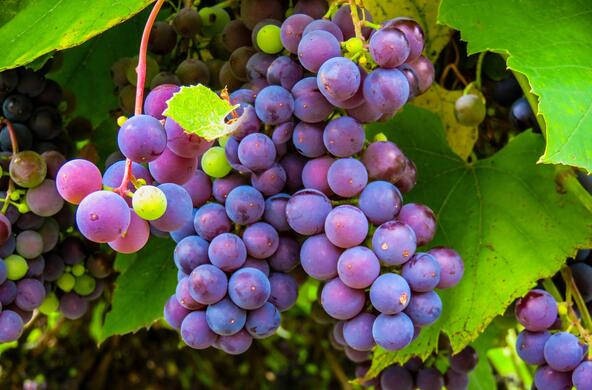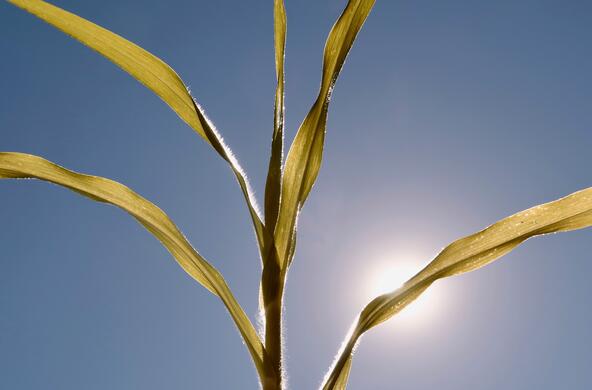As you may be looking forward to a holiday vacation on cross-country or alpine ski slopes, it is worth looking at the impacts of skiing on the environment, and vice-versa.
Just a few years ago, I would have focused this blog on the habitat fragmentation that accompanies ski-slope development, and the associated degradation of wildlife habitat that results from it. More recently, I might have argued that ski-areas are beneficial to the delay of global climate change, by substituting forest, which absorbs sunlight energy, with barren areas, which have a reflective snowpack.
Those arguments about the ski industry are largely irrelevant now. What faces both the ski and snowmobiling industry is rapid loss of the length of wintertime conditions to operate. As we have discussed in past blogs about the maple sugar and wine industries, climate change is taking its toll on the ski industry. See Whine while you can and Sugarbush.
One recent analysis of 247 ski locations in the U.S. projects 50% reductions in the length of the winter recreation season over the next 30 years, with an economic loss of hundreds of millions of dollars. A critical factor will be increasingly warm temperatures for early-season snow-making before the Holiday season, which can make or break the economics of operation. Ski areas in New England and the upper Mid-West are most vulnerable. Ski areas in the Rocky Mountains are likely to be more crowded and even more expensive than today.
Recent warm winters provide a model of what to expect in the future. It is likely that some of the existing ski areas will cease operations over the next few decades, mitigating their impacts on the environment. But for those who enjoy winter sports, this is not the time to invest in new ski equipment and snowmobiles.
NB, For non-Nordic skiers, Klisters are ski wax for use in cross-country skiing, when the snow is really too icy (Blue) or slushy (Red) for skiing.
References
Falk, M. and E. Hagsten. 2017. Climate change threats to one of the world’s largest cross-country skiing races. Climatic Change 143: 59-71.
Rutty, M. and 5 others. 2017. Using ski industry response to climatic variability to assess climate change risk: An analogue study in eastern Canada. Tourism Management 58: 196-204.
Virginia, R.A. 2009. An ecosystem approach to mountain resorts. pp. 24-38. In J.E. Milne, J. LaMense and R.A. Virginia (eds.) Mountain Resorts: Ecology and the Law. Ashgate Publishers Ltd, Aldershot, Brookfield, USA
Wobus, C. and 11 others. 2017. Projected climate change impacts on skiing and snowmobiling: A case study of the United States. Global Environmental Change 45: 1-14.







